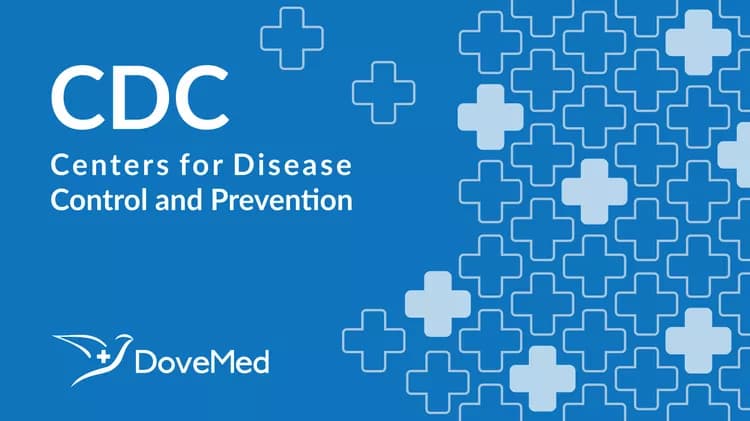
CDC estimates preventable deaths from 5 leading causes
CDC estimates preventable deaths from 5 leading causes
Preventable cancer, stroke, and heart deaths down; preventable injury deaths up
The number of potentially preventable deaths – premature deaths that could have been avoided – declined from 2010 to 2014 for three of the five leading causes of death in the Unites States, CDC researchers estimate.
In 2014, the five leading causes of death for people under age 80 were diseases of the heart, cancers, stroke, chronic lower respiratory diseases (CLRD), such as asthma, bronchitis, and emphysema), and unintentional injuries (accidents). These causes accounted for 63 percent of deaths from all causes in that year. CDC estimates that 15 percent of these cancer deaths, 30 percent of these heart-disease deaths, 43 percent of these unintentional-injury deaths, 36 percent of these CLRD deaths, and 28 percent of these stroke deaths were preventable.
Compared with 2010, in 2014:
Potentially preventable deaths from cancer decreased 25 percent (driven by a 12 percent decrease in the age-adjusted death rate from lung cancer).
Potentially preventable deaths from stroke decreased 11 percent.
Potentially preventable deaths from heart disease decreased 4 percent.
Potentially preventable deaths from unintentional injuries increased 23 percent (largely due to deaths from drug poisoning and falls).
Potentially preventable deaths from CLRD increased 1 percent (a small, statistically nonsignificant increase).
“Fewer Americans are dying young from preventable causes of death,” said CDC Director Tom Frieden, MD MPH. “Tragically, deaths from overdose are increasing because of the opioid epidemic, and there are still large differences between states in all preventable causes of death, indicating that many more lives can be saved through use of prevention and treatment available today.”
Preventable death estimates are an important public-health tool that help state and federal officials establish prevention goals, priorities, and strategies. Health care providers can prevent premature deaths by offering preventive services such as counseling patients on how to quit smoking, how to prevent heart disease and stroke, and how to avoid unintentional injuries.
“These results are intended for states to better understand the national picture to help them improve local prevention efforts,” said Captain Michael Iademarco, director of CDC’s Center for Surveillance, Epidemiology, and Laboratory Services.”
###
U.S. DEPARTMENT OF HEALTH AND HUMAN SERVICES
Related Articles
Test Your Knowledge
Asked by users
Related Centers
Related Specialties
Related Physicians
Related Procedures
Related Resources
Join DoveHubs
and connect with fellow professionals

0 Comments
Please log in to post a comment.